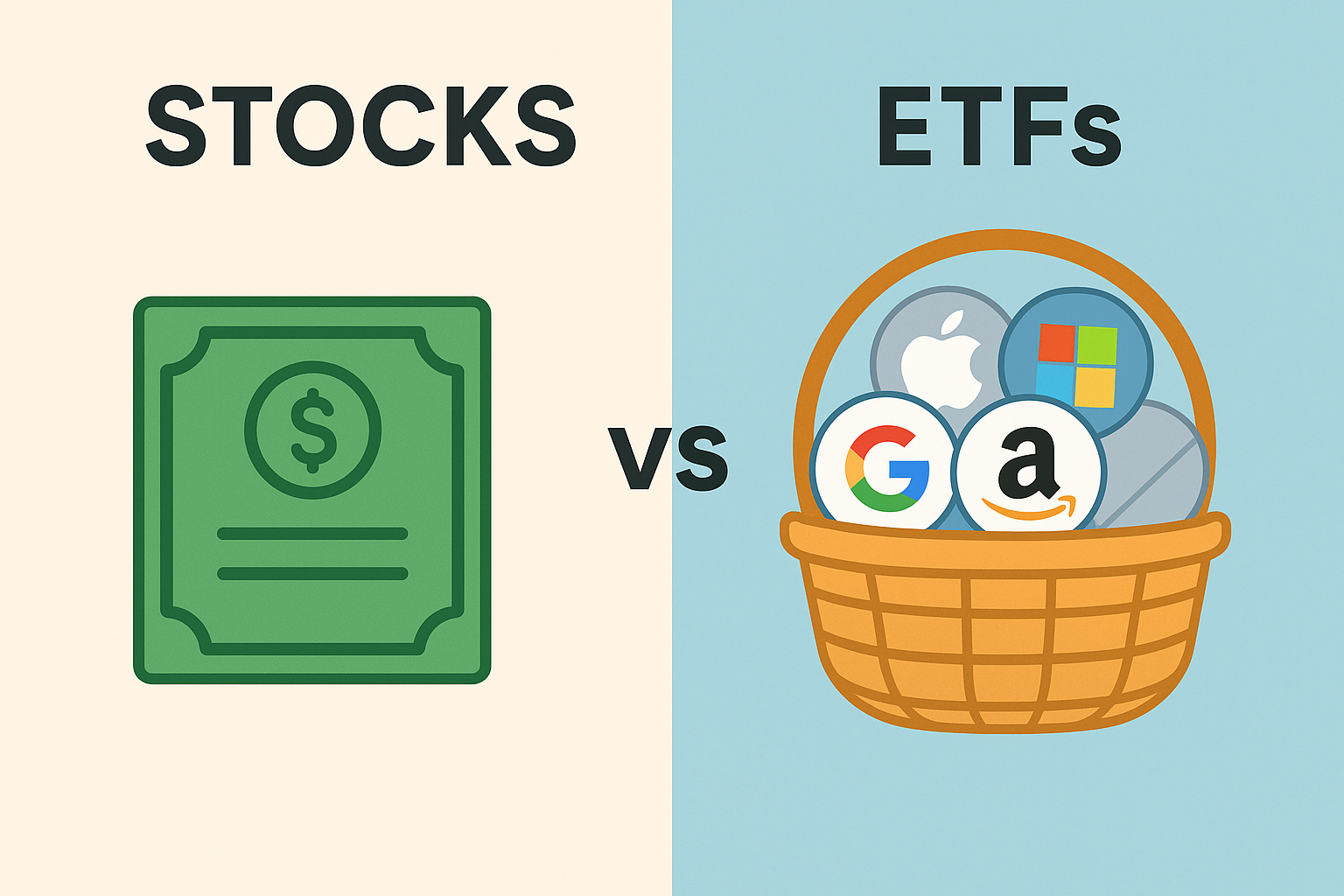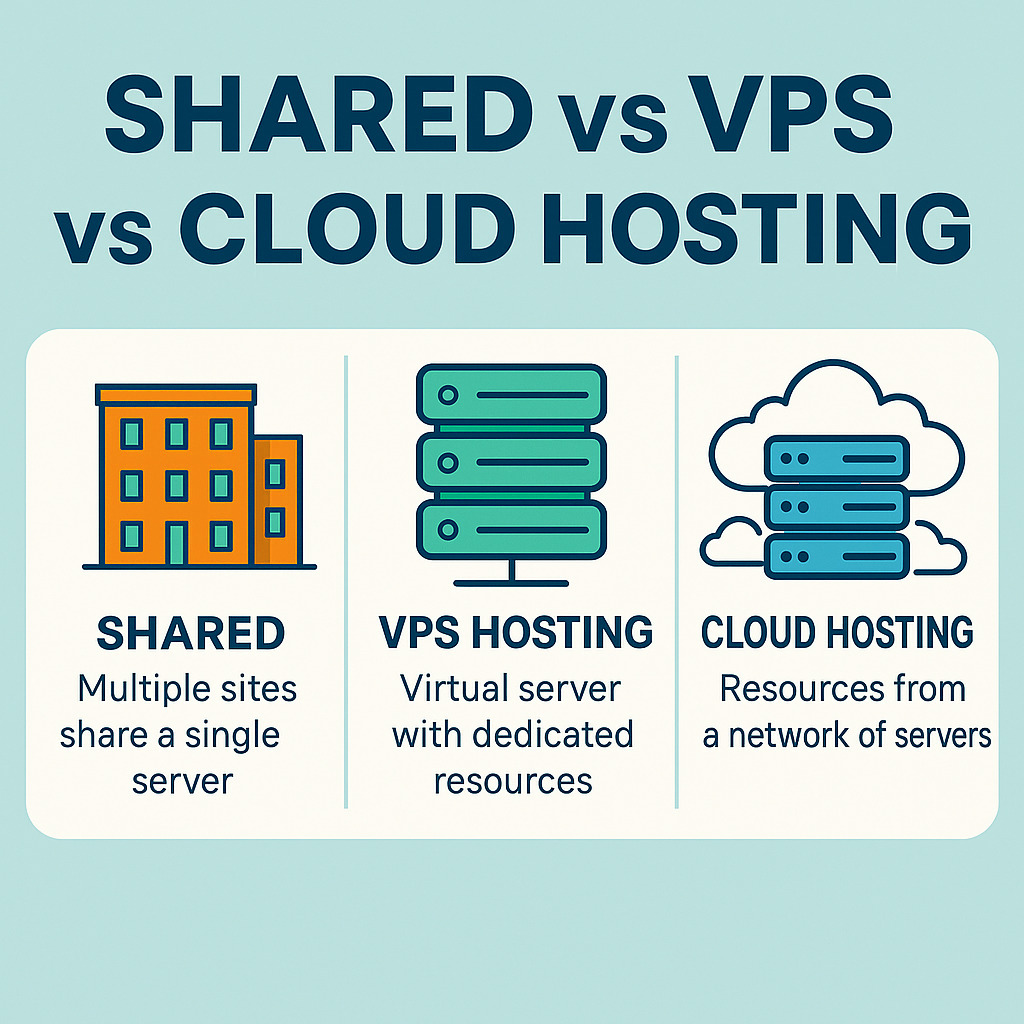Meta Project Waterworth: A Deep Dive into the Future of Global Connectivity
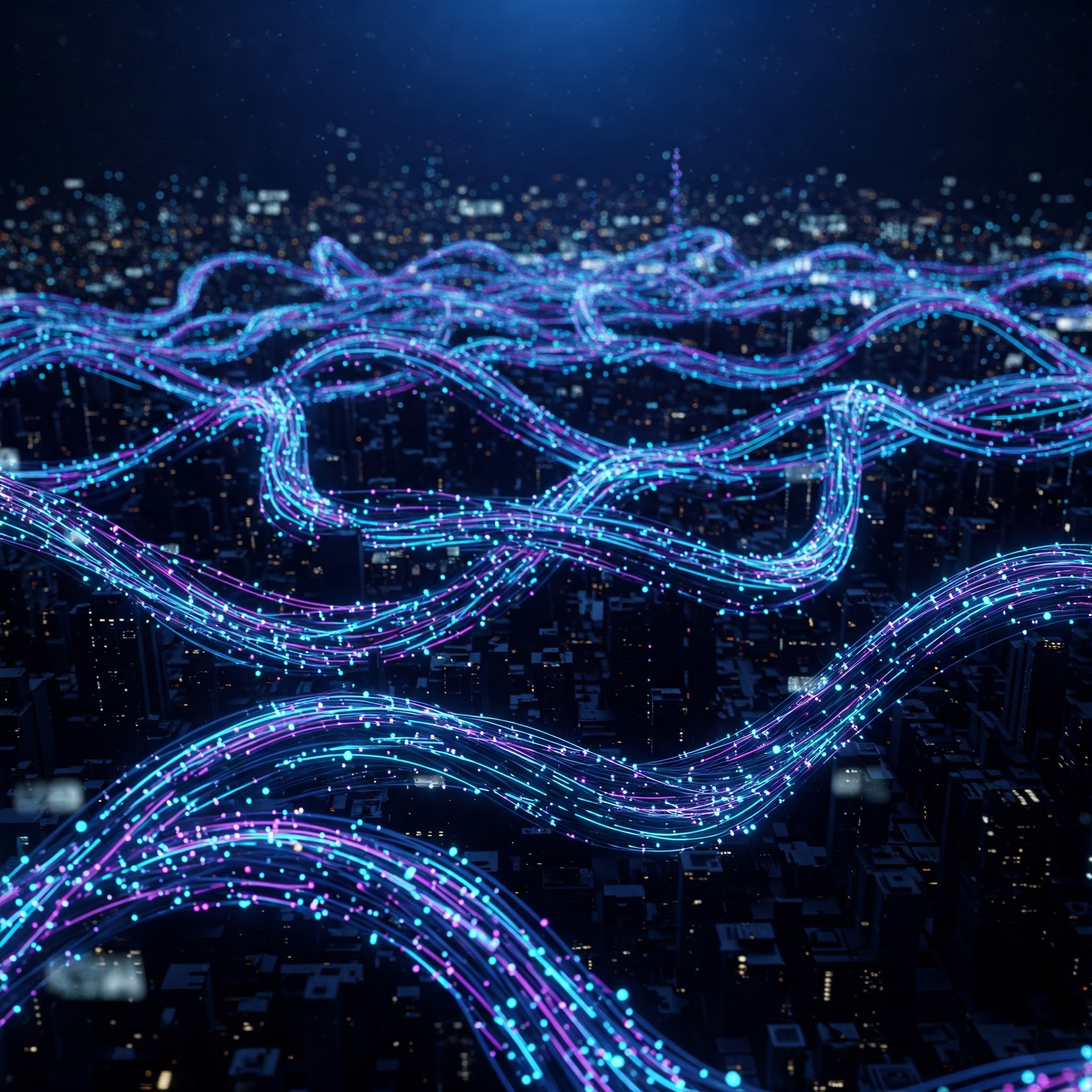
Foundation of Meta project:
Meta, the tech giant behind Facebook, Instagram, and WhatsApp, has unveiled an ambitious plan to reshape global connectivity with Project Waterworth, a monumental 50,000km (approximately 31,000 miles) sub-sea internet cable network. This undertaking aims to revolutionize data transmission by linking key regions across the United States, India, South Africa, Brazil, and other strategic locations. Upon completion, Project Waterworth is poised to become the world’s longest and most advanced underwater cable system, significantly enhancing global data transfer capabilities and supporting Meta’s growing ventures beyond social media.
This multi-billion dollar investment underscores Meta’s commitment to expanding its influence in the technology sector, particularly in areas like artificial intelligence (AI) and the underlying infrastructure that fuels it. Meta envisions Project Waterworth as a crucial component in delivering “industry-leading connectivity” across five continents, thereby bolstering its AI initiatives and facilitating seamless data flow for its vast user base.
What makes Project Waterworth particularly noteworthy is its use of a 24 fiber-pair system. This cutting-edge technology significantly increases the cable’s capacity, enabling it to handle a much larger volume of data transmission compared to traditional sub-sea cables.
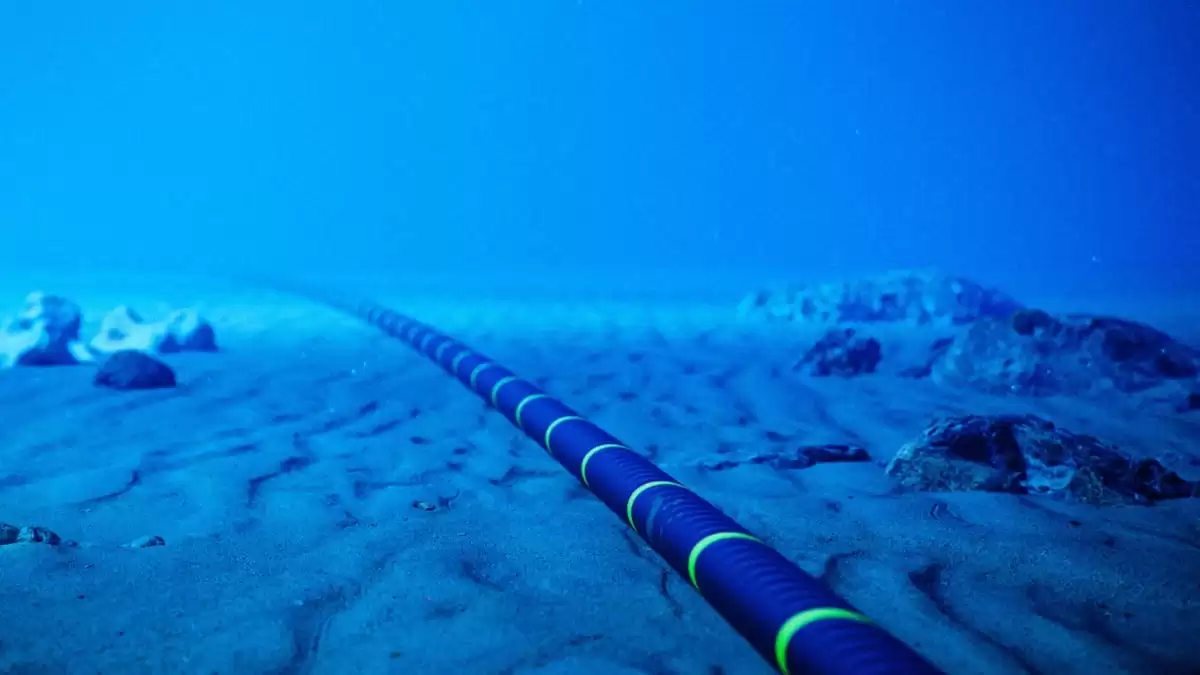
Diving Deep into the Specs: Unpacking the Technology
To truly appreciate the scale of this project, it’s essential to understand the intricate specifications that make these deep-sea cables the backbone of the internet.
At the core of these cables lie optical fibers, тон strands of glass that transmit data as pulses of light. These fibers are incredibly thin, often comparable to the diameter of a human hair. The magic of optical fibers lies in their ability to carry vast amounts of data over long distances with minimal signal loss. Project Waterworth’s 24 fiber-pair system means the cable will contain 24 pairs of optical fibers, with each pair consisting of one fiber for transmitting data in each direction. This high fiber count significantly increases the cable’s capacity, allowing it to handle massive volumes of data traffic.
These delicate fibers are protected by multiple layers of robust materials, including polyethylene for insulation, Mylar tape for moisture protection, steel wires for strength, an aluminum water barrier, polycarbonate, a copper or aluminum tube housing the fibers, and petroleum jelly to prevent water ingress. This multi-layered approach ensures the cable can withstand the harsh conditions of the ocean floor.
As light travels through optical fibers, it gradually weakens. To maintain signal strength, sub-sea cables incorporate repeaters at regular intervals. These repeaters, often utilizing Erbium-Doped Fiber Amplifiers (EDFAs), amplify the optical signal, ensuring it reaches its destination without degradation. These amplifiers use a laser to excite a short length of doped fiber, which in turn amplifies the light signal passing through it. This technology enables efficient signal boosting and allows for wavelength-division multiplexing, further increasing the cable’s capacity.
Repeaters require power to operate. This power is supplied by a constant direct current (DC) that is sent down the cable through a conductor near its center. Power Feed Equipment (PFE) at the cable’s terminal stations provides this power, with voltages ranging from 3,000 to 15,000 VDC and currents reaching up to 1,650 mA.
Laying sub-sea cables is a complex operation requiring dedicated cable-laying ships equipped with sophisticated machinery and navigation systems. These ships carefully lay the cable along a pre-determined route, ensuring it avoids hazardous areas and obstacles. Near the shore, cables are often buried beneath the seabed for added protection. In deeper waters, they may be laid directly on the ocean floor.
The capacity of a sub-sea cable is measured in terabits per second (Tbps), indicating the amount of data the cable can transmit per second. Modern cables like Project Waterworth can achieve capacities of hundreds of Tbps. The speed of data transmission is determined by the speed of light traveling through the optical fibers, allowing for near-instantaneous communication across continents.
Sub-sea cables require regular maintenance, including monitoring the signal strength, inspecting for damage, and repairing any faults. Repairing a sub-sea cable is a challenging task that often requires specialized underwater robots and remotely operated vehicles (ROVs).
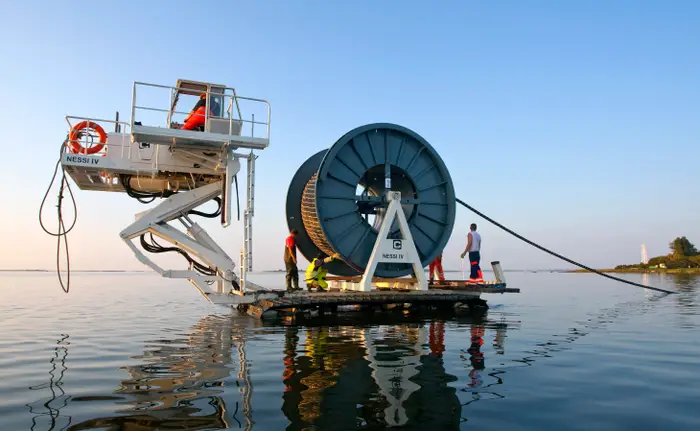
The Vital Role of Sub-Sea Cables and the Rise of Tech Giants
Sub-sea cables form the backbone of the modern internet, carrying over 95% of global internet traffic. They are essential for powering a wide range of digital services. The rise of tech giants like Meta and Google has changed the landscape of sub-sea cable investment. These companies, driven by their massive data needs and ambitions, are now investing heavily in building and maintaining their own sub-sea cable networks. Google, for example, recently announced plans to construct the first sub-sea cable connecting Africa and Australia. This trend raises important policy considerations regarding the increasing concentration of power in the hands of a few tech giants.
Meta’s Strategic Vision and the Future of Connectivity
For Meta, Project Waterworth is more than just an infrastructure project. It represents a strategic move to secure greater control over the connectivity layer of the internet and enhance its ability to deliver innovative services. By tightly integrating hardware, software, platform, and now, connectivity, Meta aims to create a unique user experience. This move also positions Meta to better support its future ambitions in areas like the metaverse and advanced AI applications. The increasing importance of sub-sea cables has also brought attention to the need for their protection. Ensuring the security and resilience of these networks is crucial for maintaining the stability and functionality of the global internet. Meta’s investment in Project Waterworth not only expands capacity but also highlights the need for robust security measures. Sub-sea cable technology continues to evolve, with ongoing research focused on increasing capacity, improving signal transmission, and enhancing durability. As the demand for data continues to grow, these underwater networks will play an even more critical role in connecting the world and powering the future of the internet.
Read more🌐 about latest Tech updates on out Technology Category Section
#Internet #Meta #technology
